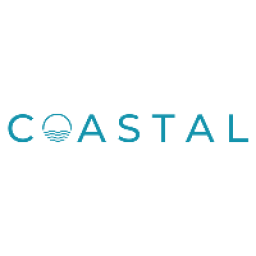The clock change at the end of October, then we come to November,
winter, and Triads.Triads and how they are calculated are all related to
electricity transmission and the costs associated with maintaining the
high-voltage electricity network in the United Kingdom.
It is
important to understand Triads and how they directly impact your
business electricity bill. Although in recent years as the base cost of
energy has increased, the percentage of electricity cost related to
Triads has decreased, it can still make a significant pound and pence
difference to your business.
Triads (Transmission-Related Peak Demand):
Triads
refer to the three highest half-hourly demand periods during the winter
months in the UK. These periods are used to calculate the Transmission
Network Use of System (TNUoS) charges. The purpose of Triads is to
incentivize large electricity consumers to reduce their demand during
these peak times, which helps in managing the overall demand on the
transmission network and reduces the need for costly infrastructure
investments.
TNUoS (Transmission Network Use of System):
TNUoS
charges are a component of the costs associated with using the
electricity transmission network in the UK. They are levied on
electricity suppliers and passed on to consumers. These charges cover
the cost of maintaining and upgrading the high-voltage electricity
transmission infrastructure. The charges vary depending on the level of
demand placed on the network and the location of the customer. Triads
are a significant factor in determining TNUoS charges because they are
used to calculate the capacity charges.
How Triads are Calculated:
Triads
are determined based on the half-hourly demand on the transmission
network during the winter period, typically from November to February.
The three highest half-hourly demand periods are selected as the Triads
for that year. The key points to understand about the calculation of
Triads are:
The probable dates and times of
Triads are not publicly disclosed in advance by National Grid. This is
to prevent consumers from gaming the system by reducing demand during
known times. If there is a particularly cold snap, between November and
February, between 4pm and 6pm, on a weekday, then highly likely, one of
the days will result in a Triad charging period.
The
National Grid, which operates the UK's electricity transmission
network, calculates the Triads after the winter season has ended, based
on the 3 peak demands separated by 10 days.
Triads
are used to set the capacity charges in TNUoS bills, and they can
significantly impact the costs for large electricity consumers. Of the
order of £45 per kWh for the average electricity used during the of all
three Triad periods.
The Pie Chart of Days and Times
The
pie chart above shows the frequency of the last 99 Triads in the UK,
from the winter period of 1990 to 1991, up to 2022 to 2023. 33 years, 3
triads each year, 99 total. The data describes that the most likely time
for a Triad event is a Monday 35%, at 5.30pm 67%. The reason this
period is peak demand on the network is that this time is the overlap
between people at work and home.
Note that
Fridays are the least likely at 2% as the spread of times of people
leaving work and going home is greater. People take half days on Fridays
or leave earlier than Mondays through Thursdays. There are no Triad
events on a Saturday or Sunday. The periods of Triads are always in the
Red period for Distribution Network Charging periods, being the late
afternoon, into the early evening.
Electricity
consumers can work with their electricity suppliers or energy
consultants to monitor demand and potentially reduce electricity
consumption during peak periods to manage TNUoS costs. The best advice
is to minimise all electricity use from 4.30pm till 6pm. Don't charge
EVs, switch electrical heating off, tell staff to go home, and switch
off the lights!
Try our online NetZero Calculators or start a Free Training Course on energy and carbopn topics. Make an appointment to chat about your business requirements, energy planning, and Net Zero journey. Visit our website for more information on www.BryceEnergyServices.com and how we can help your business on its NetZero journey.
 HR Dept, Newcastle North and North Tyneside
HR Dept, Newcastle North and North Tyneside




